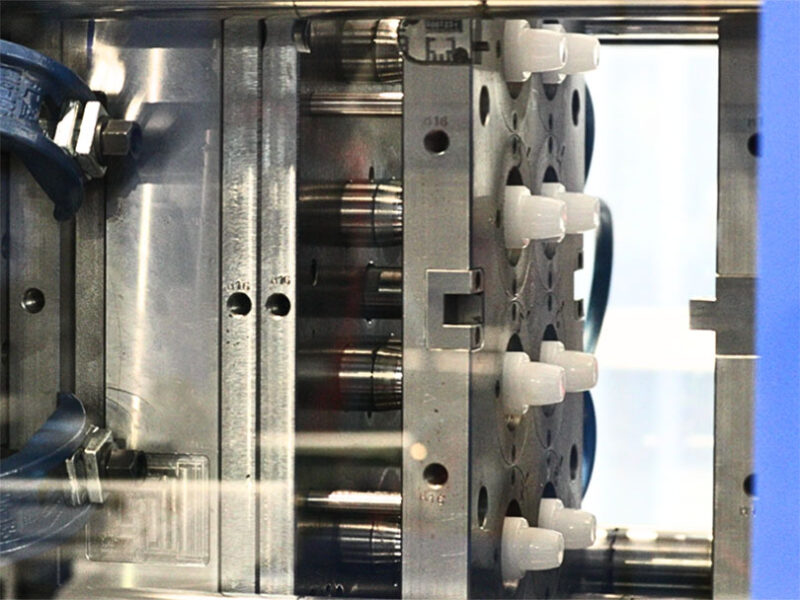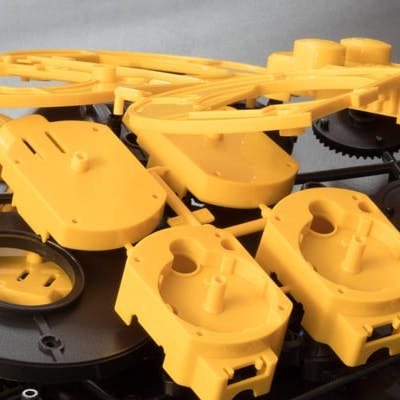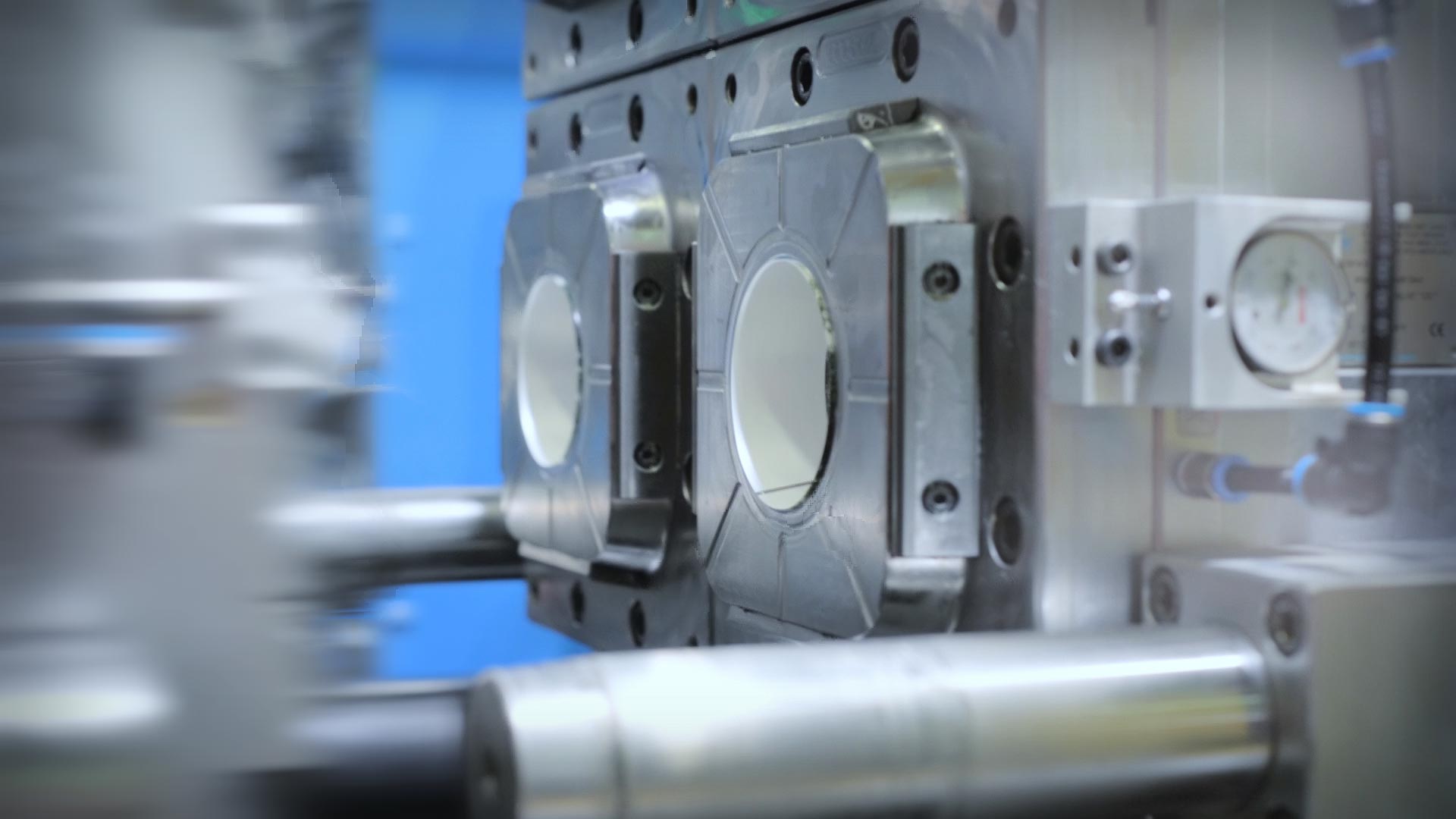Understanding the Fundamentals of Plastic Shot Molding Processes
Plastic injection molding offers as a keystone of contemporary manufacturing, providing a systematic strategy to generating complicated components with accuracy. Discovering these necessary components can expose how even small modifications can lead to considerable improvements in manufacturing results, raising inquiries regarding the capacity for technology in this well-known process.
What Is Plastic Shot Molding?
Plastic shot molding is a widely used manufacturing process that changes thermosetting and polycarbonate materials right into precise and complicated shapes. This method is preferred for its ability to generate high quantities of similar get rid of extraordinary precision, making it an important approach in numerous industries, consisting of automotive, customer items, and medical tools.
The procedure involves melting the picked plastic material and infusing it right into a mold under high pressure. The mold and mildew, made to the specifications of the preferred component, permits the liquified plastic to take shape as it strengthens and cools down. As soon as the material has solidified, the mold and mildew is opened up, and the ended up component is ejected.
Plastic injection molding provides a number of benefits, consisting of lowered waste, consistency in production, and the capability to integrate complex layouts that might be testing with various other manufacturing methods. Furthermore, it supports a broad variety of materials, each supplying one-of-a-kind homes that can be tailored for particular applications. As markets proceed to innovate, plastic injection molding remains at the leading edge, allowing the development of advanced products that satisfy evolving consumer demands.
The Shot Molding Refine
The shot molding process is an advanced method that includes several essential phases to create top notch plastic parts. Originally, plastic pellets are fed right into a heated barrel where they are melted right into a thick liquid. This molten plastic is after that infused under high pressure right into a precision-engineered mold and mildew, which shapes the material right into the preferred form.
As soon as the mold and mildew is filled up, the plastic is allowed to solidify and cool down, taking the shape of the mold dental caries. Air conditioning time is important, as it impacts the cycle time and the final properties of the shaped part. After enough cooling, the mold and mildew opens, and the finished part is ejected making use of ejector pins.

Products Utilized in Shot Molding
Different materials can be used in the injection molding process, each offering distinct buildings that satisfy details applications. One of the most generally made use of products consist of thermoplastics, thermosetting plastics, and elastomers.

Thermosetting plastics, like epoxy and phenolic materials, undergo a chemical change throughout the healing process, leading to a rigid, inflexible framework. These products are optimal for applications calling for high heat resistance and architectural honesty, typically used in automotive components and electric insulators.
Elastomers, including silicone and rubber-based materials, supply adaptability and resilience. Their special residential or commercial properties make them appropriate for applications that require flexibility, such as seals and gaskets.
Additionally, specialty products like bio-based plastics and compounds are obtaining grip for their environmental benefits and enhanced performance qualities, expanding the extent of shot molding applications in numerous sectors. Understanding the residential or commercial properties of these materials is vital for picking the ideal kind for details projects.
Advantages of Shot Molding
Shot molding attracts attention as a very reliable production procedure that uses many benefits for creating complex components with accuracy. Among the most considerable benefits is the ability to develop detailed styles that would certainly be impossible or challenging to achieve with various other approaches (Plastic Injection Molding). The procedure permits tight tolerances and thorough functions, ensuring high-quality parts
In addition, injection molding is known for its quick production capabilities, making it an ideal selection for high-volume manufacturing. Once the mold and mildew is my site produced, components can be created rapidly, lowering preparations and increasing total efficiency. This efficiency not just reduces production expenses but additionally offers an affordable edge in the market.
The convenience of materials made use of in injection molding better improves its allure. A try this out variety of thermoplastics and thermosetting polymers can be utilized, permitting producers to pick materials that finest meet their certain requirements, including heat, stamina, and adaptability resistance.
Furthermore, the procedure minimizes waste, as excess material can often be reused and recycled. This sustainability aspect adds to a lowered environmental effect, making shot molding a liable manufacturing option. On the whole, the benefits of injection molding make it a preferred technique for several sectors.
Elements Impacting Product Top Quality
While countless factors can influence product high quality in injection molding, comprehending these aspects is critical for achieving optimal results. Key elements include material selection, processing parameters, and mold design.
Material selection plays an important role, as different polymers exhibit unique homes that impact flowability, stamina, and thermal security. Insufficient material choice can result in problems such as warping or incomplete dental filling.
Handling specifications, including pressure, cycle, and temperature time, should be carefully controlled. Variants in these setups can result in disparities partly measurements and surface area finish. Excessively high temperature levels might cause destruction of the polymer, while poor pressure can result in short shots.
Mold and mildew style is equally vital, as it figures out the flow of the molten plastic and the cooling procedure. Improperly designed mold and mildews may bring about unequal cooling official site prices, resulting in dimensional errors and residual anxieties.

Final Thought
In final thought, plastic shot molding serves as an essential production procedure that makes it possible for the effective production of top quality components. Mastery of the injection molding process, including the understanding of materials and the impact of numerous aspects on product top quality, is crucial for attaining optimum outcomes. The advantages of this method, such as cost-effectiveness and design adaptability, more highlight its importance across numerous sectors, solidifying its status as a preferred selection for high-volume manufacturing.
Plastic injection molding offers as a foundation of contemporary manufacturing, giving a systematic method to producing intricate elements with precision.Plastic injection molding supplies a number of advantages, consisting of minimized waste, consistency in manufacturing, and the ability to incorporate complex styles that might be testing with other producing methods (Plastic Injection Molding). As sectors continue to introduce, plastic injection molding continues to be at the leading edge, enabling the growth of innovative items that fulfill progressing consumer needs
The injection molding procedure is a sophisticated strategy that involves numerous essential phases to produce high-quality plastic components.In verdict, plastic injection molding offers as a crucial production process that allows the efficient production of high-grade elements.
Comments on “The Advantages of Using Plastic Injection Molding for Personalized Components Production”